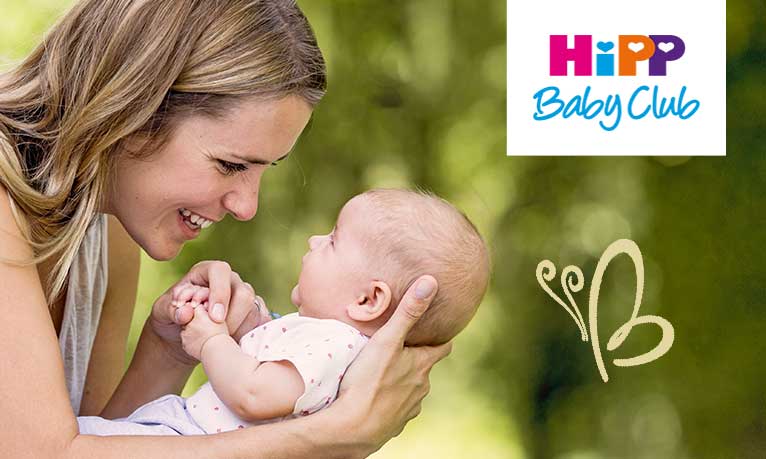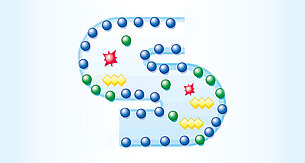Your child’s first five years, crucial for a strong brain foundation

Your child’s first five years, crucial for a strong brain foundation
Up to 90% of your child’s brain is developed by age five, making the first five years crucial for a child’s cognitive foundation for lifelong learning and success.1
The first five years of life presents a Golden Window of Opportunity for parents to provide their children optimal nutritional support for their growth and development.
This period is also known as the Window of Greatest Vulnerability to the harmful effects of pesticide exposures that can cause irreversible and lasting damage because unlike other organs, the brain cannot repair damaged cells.2 Up to 50% of lifetime pesticide exposure occurs during the first five years of life.3
Even at very low levels, exposure to neurotoxic pesticides during the critical period of brain development can alter the brain architecture and affect the functioning of the thyroid that plays a key role in the brain development process.4,5,6 Studies have shown a link between pesticides and autism spectrum disorders, attention deficit disorders, hearing loss, vision loss, delayed psychomotor and mental development, and intellectual impairment.7
Infants and young children are more vulnerable to chemicals than adults because of their high food intake per body weight ratio, immature or underdeveloped defense systems, and their underdeveloped enzymes against chemical stressors like pesticide residues ingested from conventional food.
Choosing organic for infants and young children is one of the most effective ways to reduce the risk of pesticide exposure from food intake.
At HiPP, we put children in the center of attention with our highest standards of purity and safety right from the start. Backed by more than 120 years of expertise in child nutrition and having pioneered organic farming, HiPP Organic Combiotic® uses only our purest organic ingredients produced free from chemical synthetic pesticides and GMOs. Give your child HiPP Organic Combiotic®. Help optimize your child’s brain development with pure and safe nutrition.
Reference:
1Center on the Developing Child, “Brain Architecture,” Harvard University, July 2, 2019. Available at: https://developingchild.harvard.edu/science/key-concepts/brainarchitecture/
2Landrigan, P.J., L Claudio, SB Markowitz, et al. 1999. “Pesticides and inner city children: exposures, risks, and prevention.” Environmental Health Perspectives 107 (Suppl 3): 431-437.
3National Research Council, National Academy of Sciences. 1993. Pesticides in the Diets of Infants and Children, National Academy Press, Washington, DC. 184-185.
4Selevan, S.G., C.A. Kimmel and P. Mendola. “Identifying critical windows of exposure for children’s health.” Environ Health Perspect. June 2000 108(Suppl 3): 451–455. See http://www. ncbi.nlm.nih.gov/pmc/articles/PMC1637810/.
5Rauh, V. A., F. P. Perera, M. K. Horton, R. M. Whyatt,R.Bansal, X. Hao, et al. “Brain Anomalies in Children Exposed Prenatally to a Common Organophosphate Pesticide.” Proceedings of the National Academy of Sciences. May 2012 109 (20): 7871-6. See http://www.pnas.org/cgi/doi/10.1073/pnas.1203396109.
6Horton, M.K., L.G. Kahn, F. Perera, D.B.Barr and V. Rauh. “Does the Home Environment and the Sex of the Child Modify the Adverse Effects of Prenatal Exposure to Chlorpyrifos on Child Working Memory?” Neurotoxicology and Teratology. July 2012. http://linkinghub.elsevier.com/retrieve/pii/S0892036212001389.
7Duncan, D., J.L. Matson, J.W.Bamburg, K.E. Cherry and T. Buckley. “The relationship of self-injurious behavior and aggression to social skills in persons with severe and profound learning disability,” Research in Developmental Disabilities. Vol 20, Issue 6, Nov/Dec 1999: 441–448. See http://dx.doi.org/10.1016/ S0891-4222(99)00024-4.




